Aesop’s Fables for Early Readers Keywords The Shepherd boy and the Wolf
₹100.00 Inclusive all Taxes
Introduce your little ones to timeless wisdom with Aesop’s Fables for Early Readers. This collection includes engaging and easy-to-read tales designed to teach life lessons through delightful stories and charming illustrations.
Featured Story: “The Shepherd Boy and the Wolf”
Explore the classic tale of the Shepherd Boy and the Wolf, which teaches the value of honesty and the consequences of lying. Perfect for early readers, this story captures young imaginations while imparting an important moral in a fun and relatable way.
Key Features:
- Easy language for developing readers
- Vibrant illustrations that bring the stories to life
- Lessons that nurture honesty, kindness, and wisdom
Give your child a head start in reading and character building with this essential collection!
The Shepherd boy and the Wolf Aesop’s Fables have been a cherished collection of short stories for generations, offering moral lessons through engaging tales. Each fable is simple yet profound, designed to teach children important life values. One of the most popular among these tales is The Shepherd Boy and the Wolf. Tailored for early readers, this story encourages comprehension, critical thinking, and the development of ethical awareness.
The Story in Brief
The tale of The Shepherd Boy and the Wolf follows a young boy tasked with watching over a flock of sheep near a quiet hillside. To amuse himself and escape boredom, the boy decides to play a mischievous trick on the nearby villagers. He cries out, “Wolf! Wolf! The wolf is chasing my sheep!” Alarmed, the villagers rush to his aid, only to find the boy laughing at their concern.
The prank is repeated a second time, causing more frustration among the villagers. However, when a wolf actually appears and the boy cries for help, the villagers dismiss his cries, believing it to be another lie. As a result, the wolf attacks the flock, and the boy learns a hard lesson about the consequences of dishonesty.
Why Early Readers Love This Story
The simplicity of The Shepherd Boy and the Wolf makes it perfect for early readers. The language is easy to follow, and the storyline is straightforward, ensuring children remain engaged. Additionally, the fable’s rhythm and repetition help reinforce reading skills while making the story more memorable.
The fable also introduces children to valuable vocabulary words, including “shepherd,” “villager,” and “mischief,” enhancing their language development. Visual aids, such as colorful illustrations of the boy, sheep, villagers, and wolf, further enrich the reading experience.
The Moral of the Story
Aesop’s fables are celebrated for their timeless morals, and The Shepherd Boy and the Wolf delivers a crucial one: honesty is the best policy. It highlights how trust, once broken, is difficult to rebuild. This lesson resonates strongly with young readers, helping them understand the value of truthfulness and the consequences of deceit.
Interactive Learning Opportunities
The Shepherd Boy and the Wolf provides a springboard for engaging discussions and activities. Teachers and parents can ask questions like:
- Why did the villagers stop believing the boy?
- How could the boy have behaved differently?
Creative activities, such as role-playing the story or drawing scenes from the tale, allow children to immerse themselves in the narrative while reinforcing the moral lesson.
Building a Love for Reading
By starting with familiar and impactful stories like The Shepherd Boy and the Wolf, early readers build a foundation for a lifelong love of reading. Aesop’s Fables not only entertain but also educate, making them an indispensable part of a child’s literary journey.
Conclusion
The Shepherd Boy and the Wolf is more than just a story; it’s a teaching tool that nurtures character and critical thinking in young minds. With its engaging narrative, simple vocabulary, and powerful moral lesson, this fable continues to capture the hearts of early readers and guide them toward becoming honest and responsible individuals.
| Weight | 0.505 kg |
|---|---|
| Dimensions | 23 × 0.2 × 23 cm |
| Age | |
| Assembly Required | No |
| Batteries Included | No |
| Batteries Required | No |
| Brands | |
| Color | MultiColor |
| Country of Origin | Made In India |
| Gender | |
| HSN Code | 4901 |
| Remote Controlled Included | No |
Be the first to review “Aesop’s Fables for Early Readers Keywords The Shepherd boy and the Wolf” Cancel reply
This site uses Akismet to reduce spam. Learn how your comment data is processed.





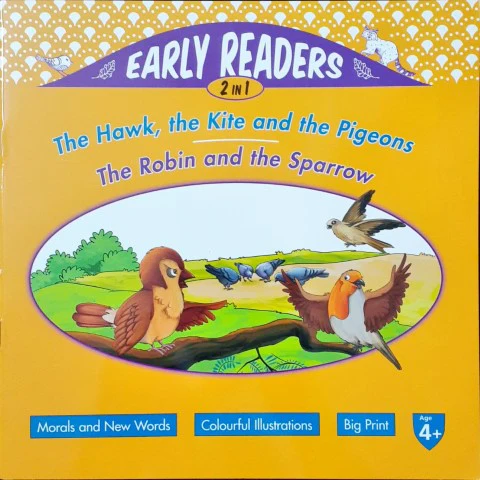

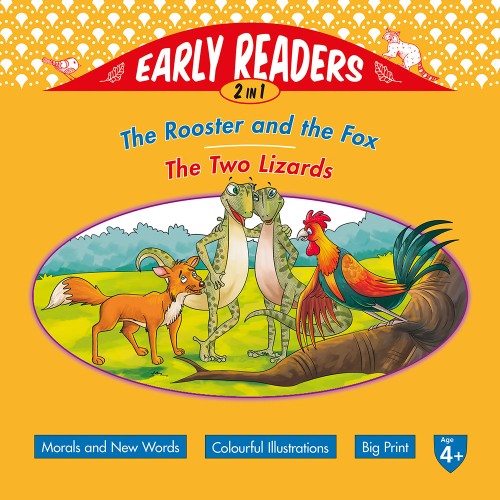

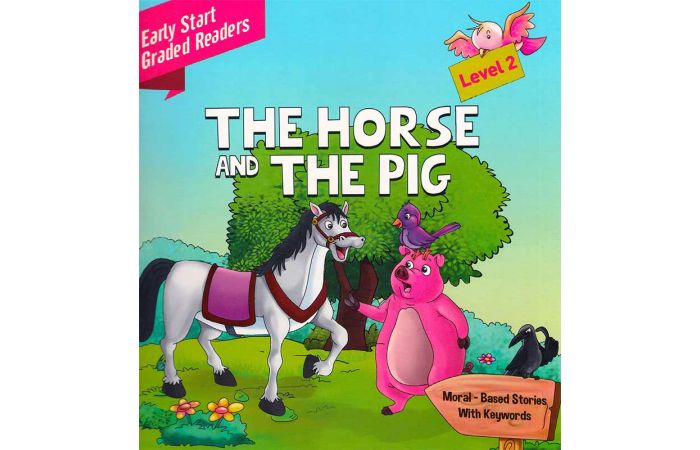


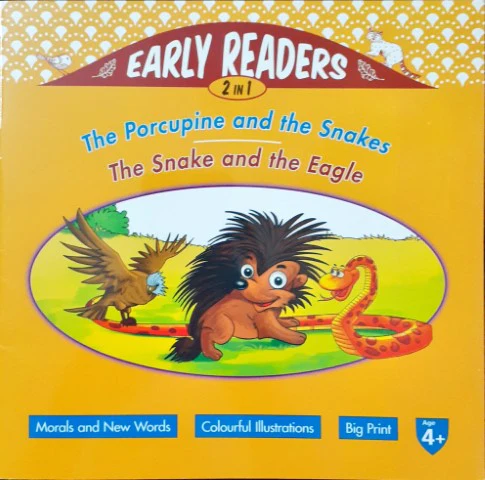
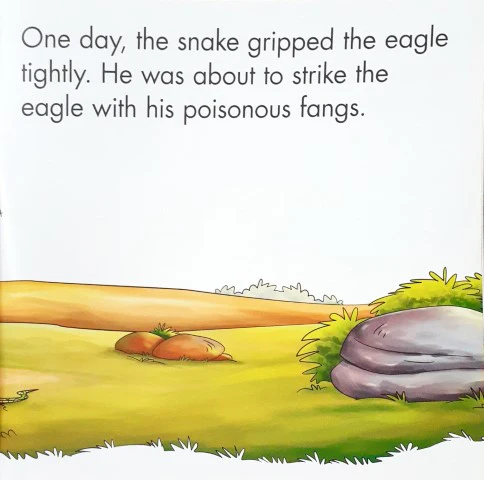
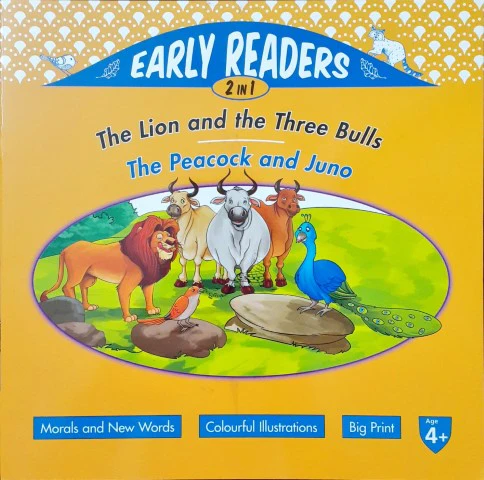

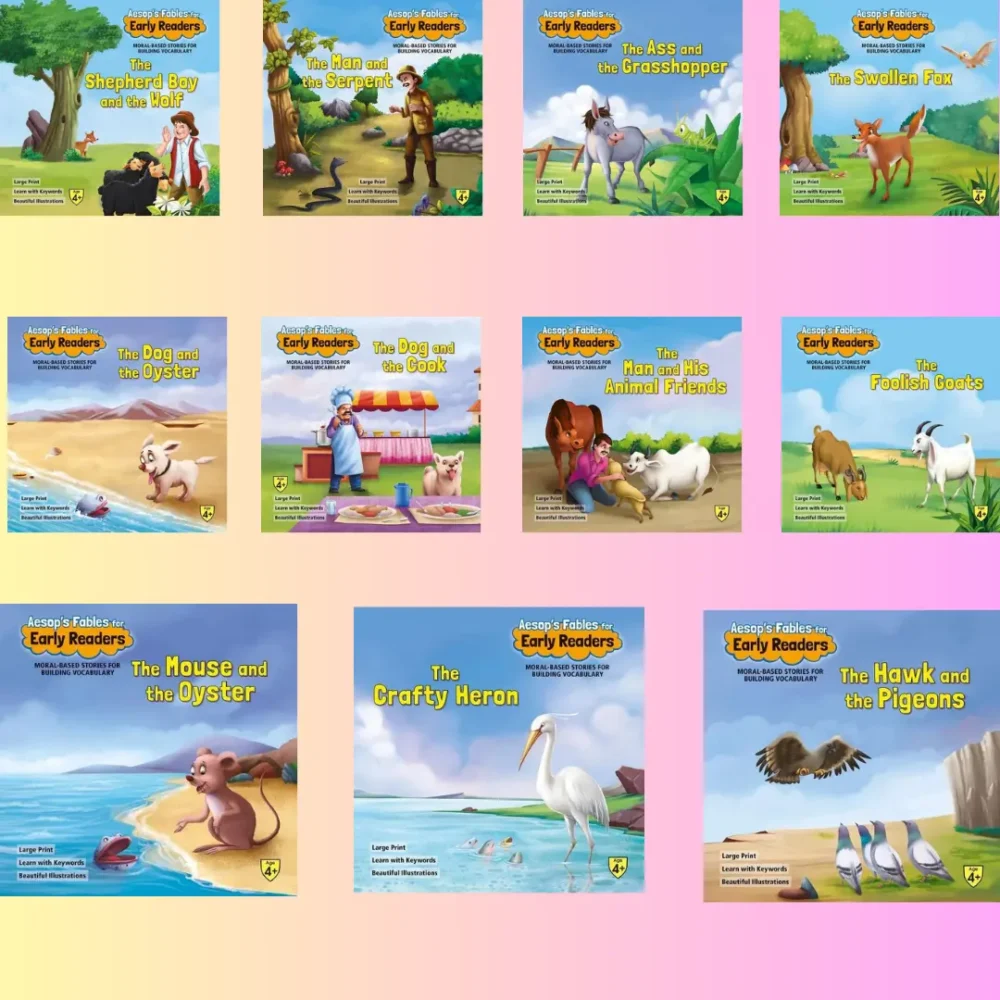

Reviews
There are no reviews yet.